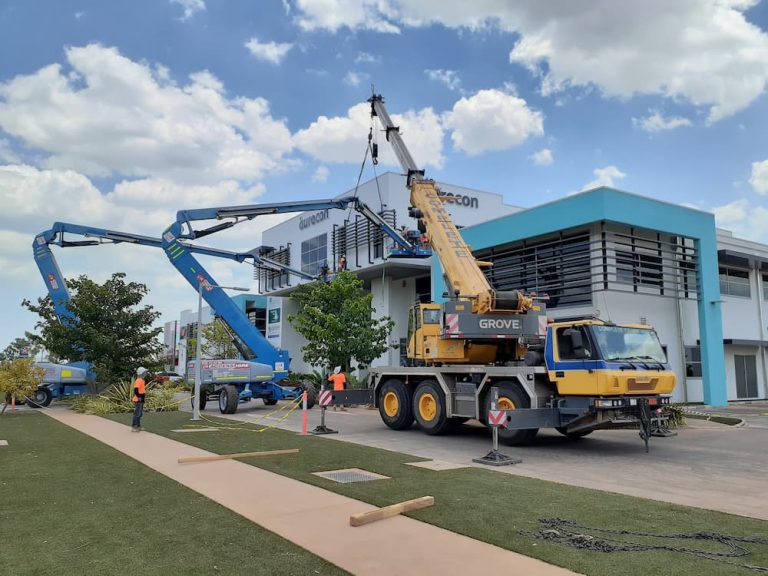
Mobile crane operations help teams handle varied project demands with steady control. Each setup supports shifting load requirements through adaptable equipment movement. Crews gain confidence as planning aligns with specific terrain needs, and the use of crane hire darwin becomes an expected part of efficient coordination.
How Mobile Cranes Support Demands?
Mobile cranes provide dependable lifting structure for different worksite objectives. Operators rely on clear staging methods that help them maintain steady momentum. Their compact maneuvering supports projects needing controlled lifting across confined areas.
Crews adjust positioning to guide smooth lifting flow, and operators review each movement to maintain safe control throughout. They monitor conditions consistently to balance stability with directional accuracy, allowing teams to complete demanding setups with greater ease.
Strategic Equipment Choices Boost Output
Teams select matching crane capacities to support shifting load requirements across diverse terrain. Configurations are reviewed carefully to understand exact lifting angles for improved placement efficiency. Planning encourages operators to using clear structural pathways for balanced movement.
- Correct crane size supports consistent lifting
- Defined load mapping improves stable positioning
- Clear directional cues guide smoother alignment
- Reviewed setup patterns reduce unwanted movement
Teams apply these considerations to build coordinated workflow during each stage. They maintain predictable motion by evaluating ground conditions and verifying balanced angles. This process encourages stronger alignment across different zones through measured, steady adjustments.
What Guides Safe Crane Handling?
Safe crane handling depends on synchronized signals that guide each controlled movement. Teams create steady coordination lines that help operators maintain clarity during every lift.
Careful rotation timing supports weight distribution through stable anchor points. Trajectory planning helps operators maintain smoother transitions between designated spots. All these factors shape consistent control patterns across unpredictable project environments.
Operational Planning Enhances Lift Accuracy
Operators prepare structured movement paths to ensure each stage follows defined checkpoints. Lift timing is calculated to match structure layouts that support measured positioning. These details help teams anticipate minor shifts with coordinated oversight and steady lift pacing.
- Tested routes prevent sudden directional changes
- Marked lift segments support guided transitions
- Coordinated timing enhances balanced application
- Predictive mapping avoids unnecessary corrections
Planning holds strong importance because it shapes the pacing of each controlled lift. With detailed awareness of every movement, operators refine their adjustments carefully. This helps projects maintain consistent structure from staging through placement, aided naturally through crane hire darwin during more complex sequences.
Why Skilled Teams Improve Assurance?
Skilled teams understand how slight variations influence lifting patterns across different ground levels. Their awareness helps operators hold smoother lines as loads shift through controlled arcs.
They use consistent communication habits to maintain alignment during every transition. This teamwork reduces unnecessary adjustments because operators move confidently with clearer instruction. These combined strengths help projects progress with predictable, stable outcomes.
Adaptive Techniques Strengthen Worksite Reach
Adaptive lifting strategies allow crews to respond to shifting demands quickly. Operators review terrain features to adjust angles with deliberate coordination. These careful adjustments help maintain momentum across unpredictable layouts.
Teams rely on these methods to keep workloads structured throughout each sequence. Operators remain attentive to subtle changes while guiding accurate placements. Their flexibility helps create steady performance when conditions require controlled variation.
Integrated Methods Maintain Steady Performance
Integrated approaches help teams maintain alignment as workload stages progress. Operators pace movements to match lifting targets while adjusting angles thoughtfully. Each step blends into the next with stable intent that supports reliable project outcomes. The flow of these actions encourages projects to complete their lifting cycles with dependable consistency.





